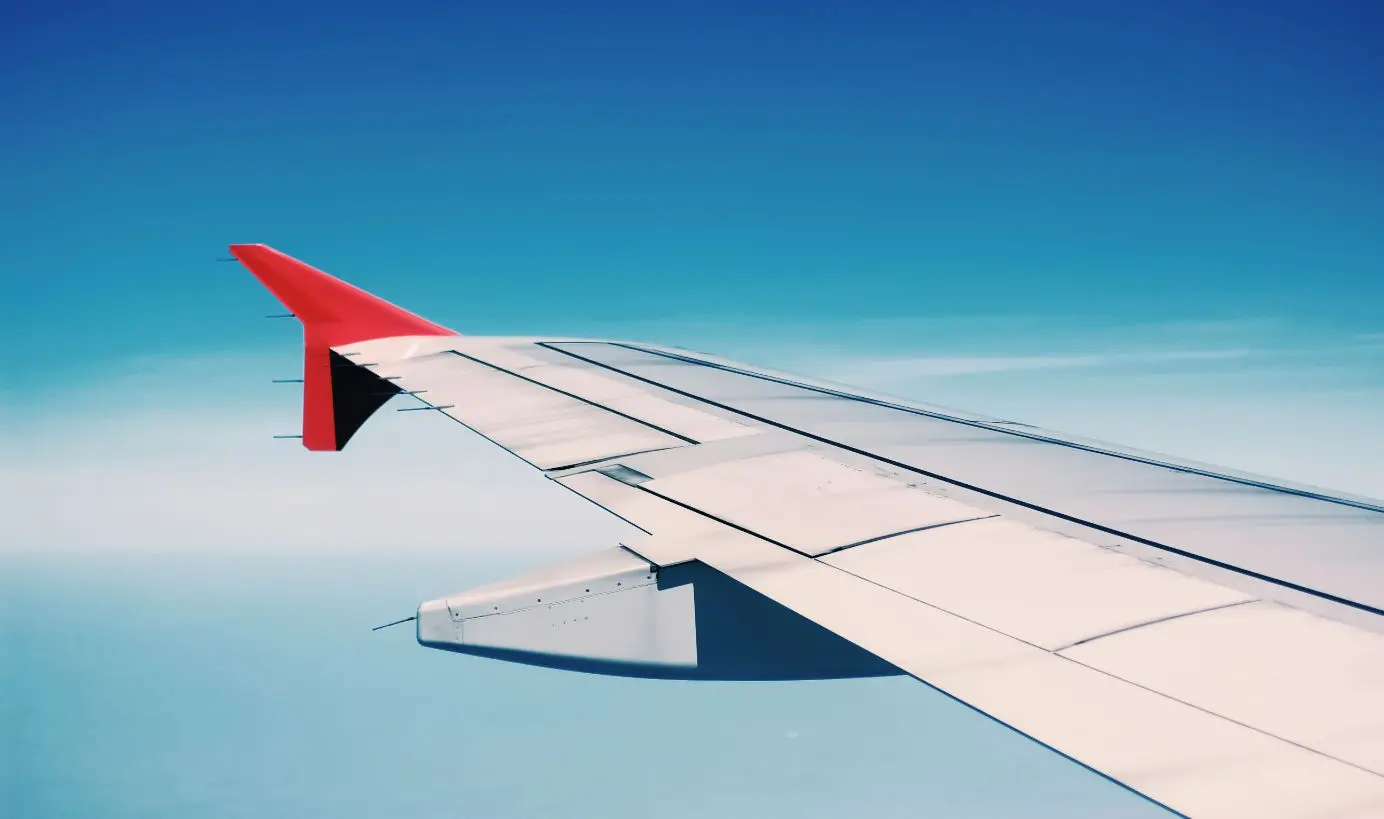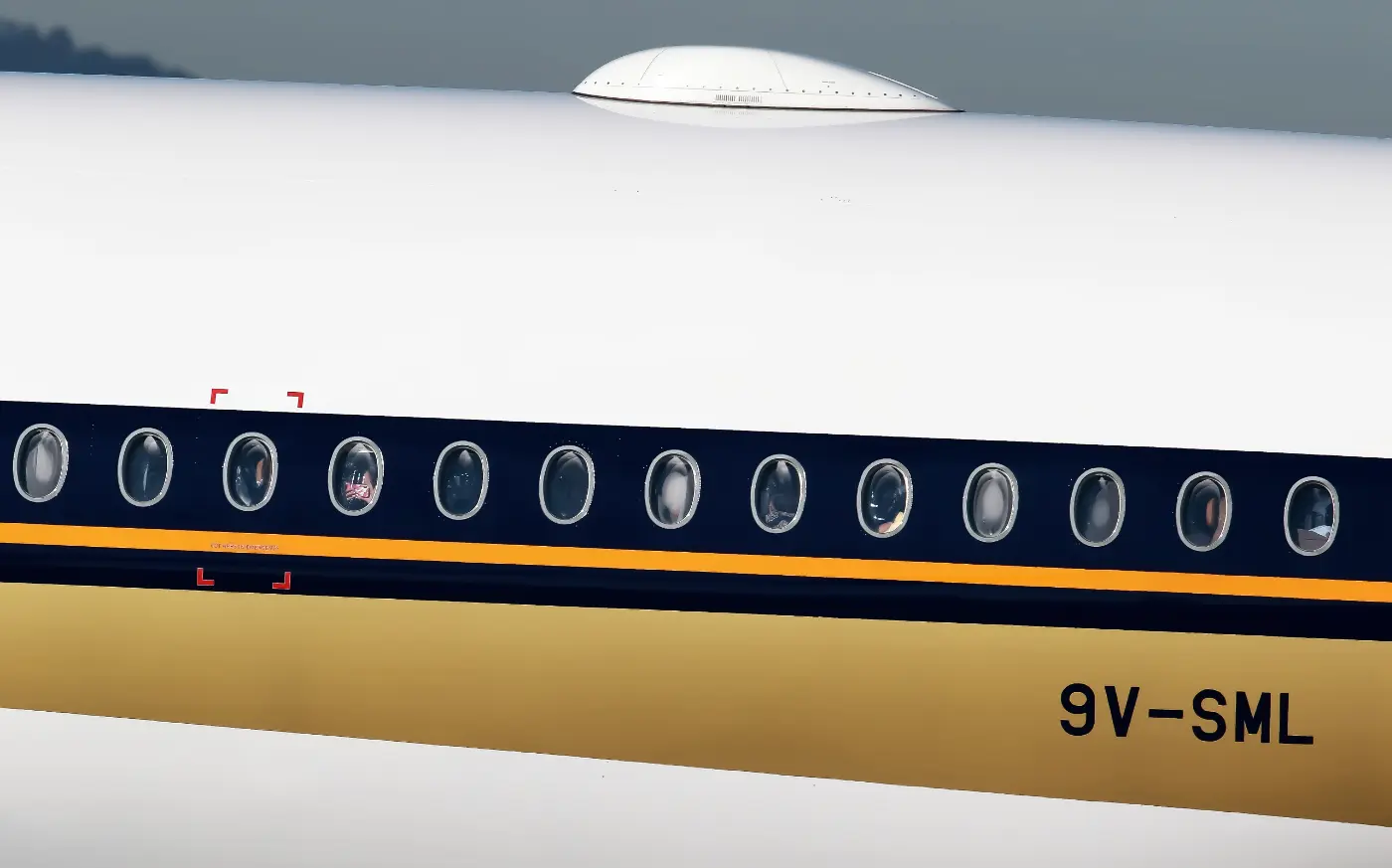
How Does Aircraft Wi-Fi Work?
Learn about the technology behind aircraft Wi-Fi, what it does, and how it works.
Table of Contents
With inflight Wi-Fi available on an increasing number of flights, do you ever wonder, "how does aircraft Wi-Fi work?" when you're 40,000 feet in the air?
There are two connectivity systems for aircraft Wi-Fi - satellite and air-to-ground. Satellite systems use aircraft antennae to pick up satellite signals orbiting the Earth. In contrast, air-to-ground systems work with similar technology to a mobile data network on your cell phone.
Continue reading to understand how aircraft Wi-Fi works and how you get Wi-Fi onboard a flight. And why this technology isn't available on all commercial flights.
How Does Aircraft Wi-Fi Work?
Aircraft Wi-Fi primarily works in one of two ways: air-to-ground or satellite systems.
In contrast, an air-to-ground system works similarly to your cell phone's mobile data technology. The difference is that mobile data towers project in a downwards direction while aircraft data towers project upwards. For this reason, the receiving antennae are fitted to the bottom of the aircraft (giving them the best chance of receiving the signal.)
Air-to-ground systems can work seamlessly in some areas but struggle when they fly over areas with no towers. They work on a kind of rolling technology, switching from one tower to another as they fly over different locations. But this is one of the reasons why some aircraft Wi-Fi may be slow or unreliable.
Essentially, an airplane running on an air-to-ground system becomes a Wi-Fi hotspot for all passengers on board, enabling passengers to make calls, send emails, and stream movies as you usually would.
The problem with air-to-ground technology is that it only works when flying over the ground. As many flights travel over large expanses of water, this can be an issue, and that's where satellite technology comes in.
A satellite Wi-Fi system works from an antenna fitted on the top of the plane. These antennae receive signals from satellites that orbit the Earth, though they must constantly move to receive a signal. This is because the aircraft and the satellite are in continuous movement.
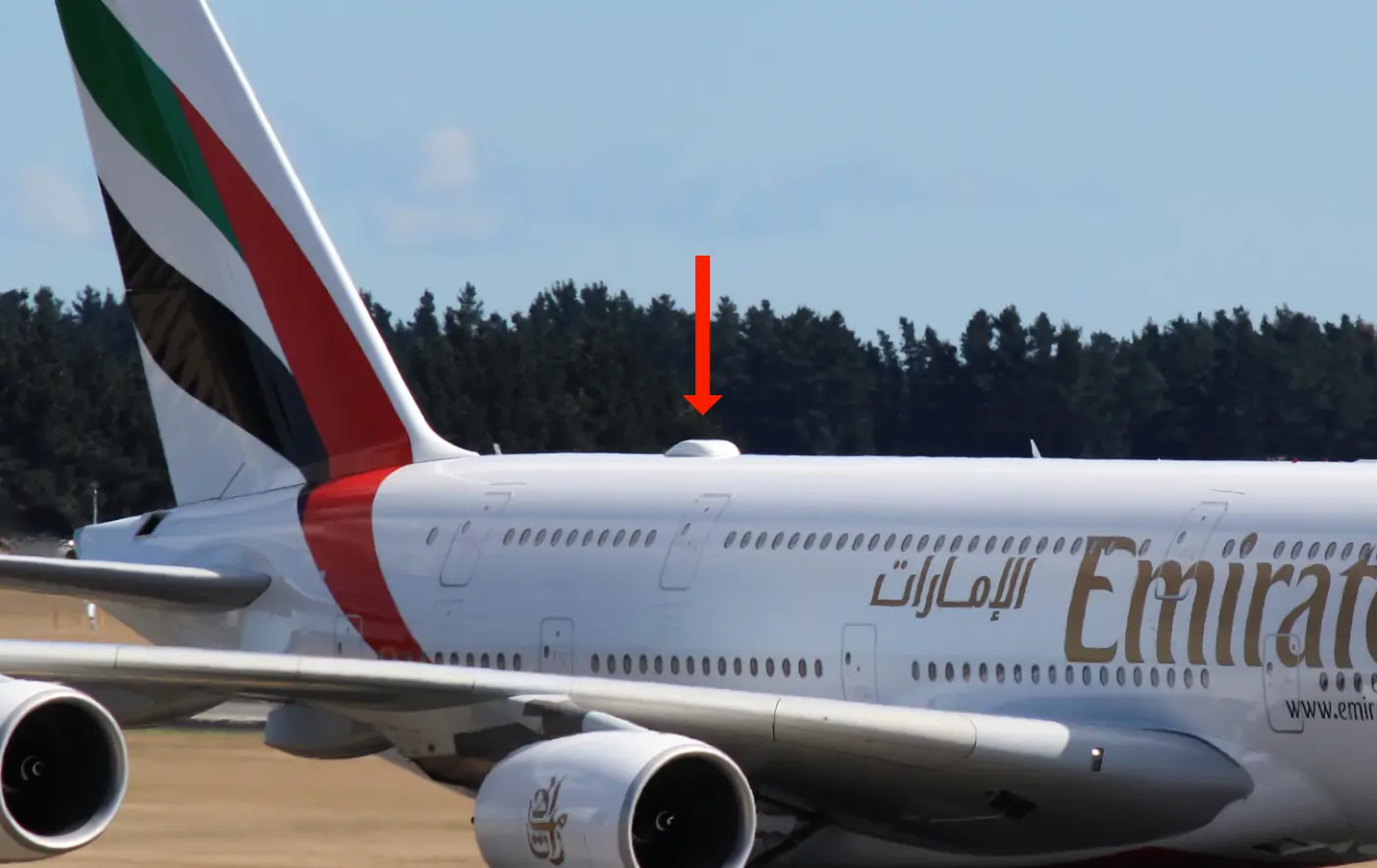
The satellites connect to operation centers by linking through ground stations; they run on two main networks: narrowband and broadband. Both allow you to connect to the internet, but narrowband has less functionality and is unsuitable for activities such as movie streaming.
Satellite signals are also referred to as Ku-band and Ka-band, both of which use satellites to communicate with the airplane. The Ka-band, though, provides a much faster internet speed.
The main difference between these bands is their frequency: Ku-band uses a frequency range of 12-18 GHz, while Ka-band uses a frequency range of 26.5-40 GHz. A higher frequency rate equates to higher performance (like an old AM radio compared to a modern VHF).
The problem with this high-frequency technology is that it's more susceptible to interference from adverse weather or "rain fade." In these conditions, the bandwidth can be hard to maintain, though numerous companies are developing more innovative solutions to combat this problem.
Each bandwidth has pros and cons: Ku-band can cover a whole continent and is far less likely to experience weather interference. Still, it is expensive and runs at a slower speed than its counterpart. Ka-band provides a faster service at a lower cost but is susceptible to interference and can only cover small areas.
How Do You Get Wi-Fi On A Plane?
In general, you are allowed to use your device during a fight, and your chosen airline will provide Wi-Fi information to you during ticket purchase and clarify further instructions once you board the plane.
To get Wi-Fi on a plane, you will often need to turn on "Airplane mode" on your device and then locate the inflight Wi-Fi (found in your Wi-Fi settings or web browser).
Aircraft Wi-Fi is unlikely to work as seamlessly as ground Wi-Fi, and there may be times during your flight when you struggle to pick up any signal.
Some airlines opt to sell Wi-Fi under their own brand, but that isn't really how it works. Aircraft Wi-Fi relies on several cell towers and satellites from different providers; the plane itself merely acts as a hotspot.
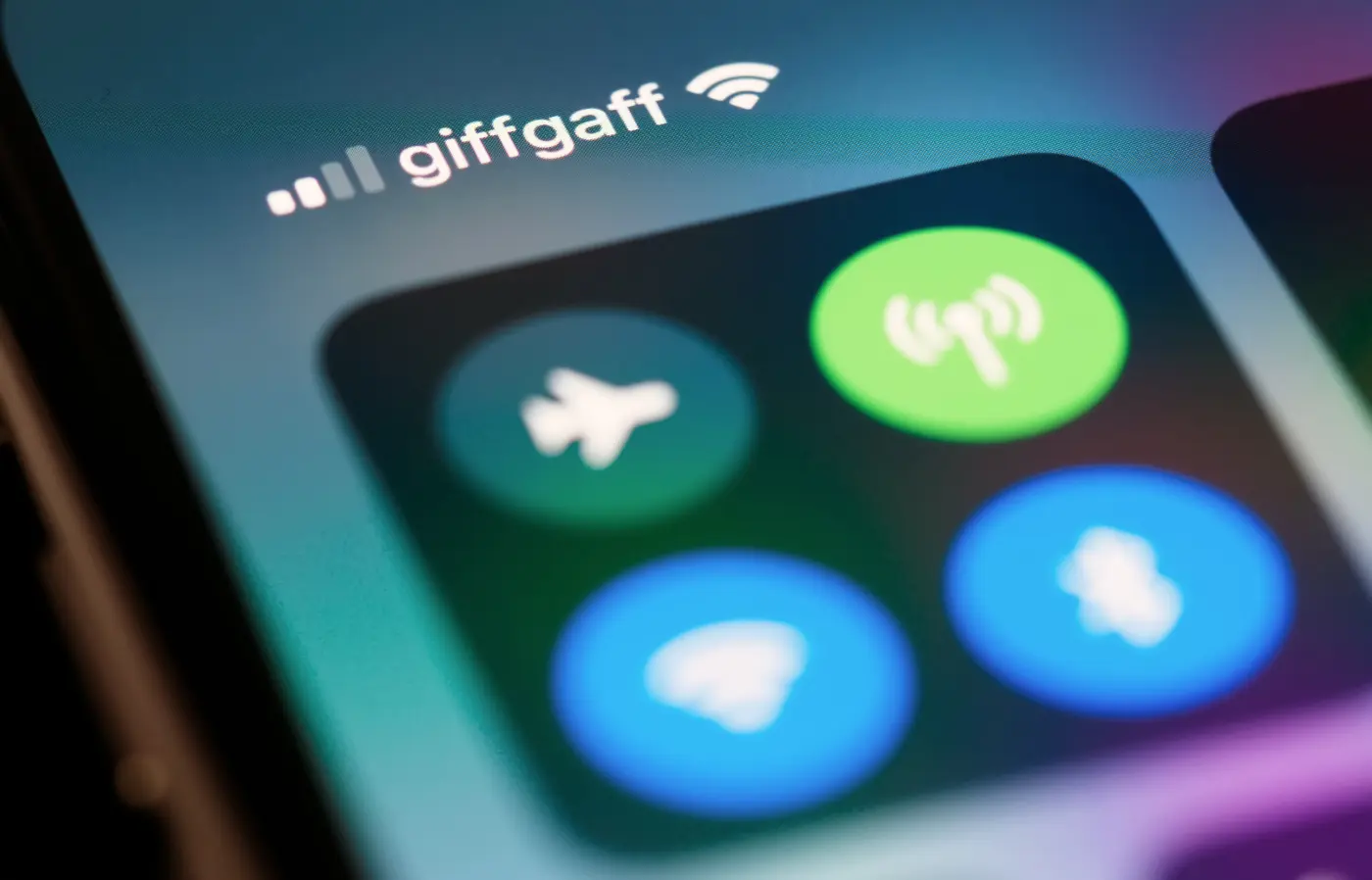
Why Doesn't Every Airline Provide Wi-Fi Service?
Many airlines are racing to provide Wi-Fi to their customers as the demand for this technology increases. The issue is that running Wi-Fi on an aircraft is far slower yet more expensive than running Wi-Fi at ground level.
Wi-Fi won't necessarily be available on every flight you board; instead, it depends on both the company and aircraft model. However, this technology is being rapidly integrated into an ongoing number of commercial flights and will soon be available across most airlines.
Due to the cost and difficulty of running Wi-Fi on an aircraft, some airlines require you to book Wi-Fi in advance, while others offer a maximum download speed or usage time. If you want to know whether Wi-Fi is available on your flight, you'll need to check with your provider before boarding the flight.
If you're traveling for leisure purposes, Wi-Fi may not be a priority, but if you're on an important business trip, investing in a Wi-Fi upgrade could prove worthwhile and save you valuable hours on the ground.
As technology develops, inflight Wi-Fi will become more and more obtainable, with speed, quality, and accessibility set to improve through systems such as Gogo's 2Ku. Gogo 2Ku offers a high-speed satellite connectivity system that enables customers to experience an inflight Wi-Fi connection, which matches the quality in their home or office.
This technology is a game-changer for airlines. Not only does it allow their clients to conduct important business during flights, but it also creates massive new revenue streams for the airlines, which is likely to increase the number of companies investing in this technology.
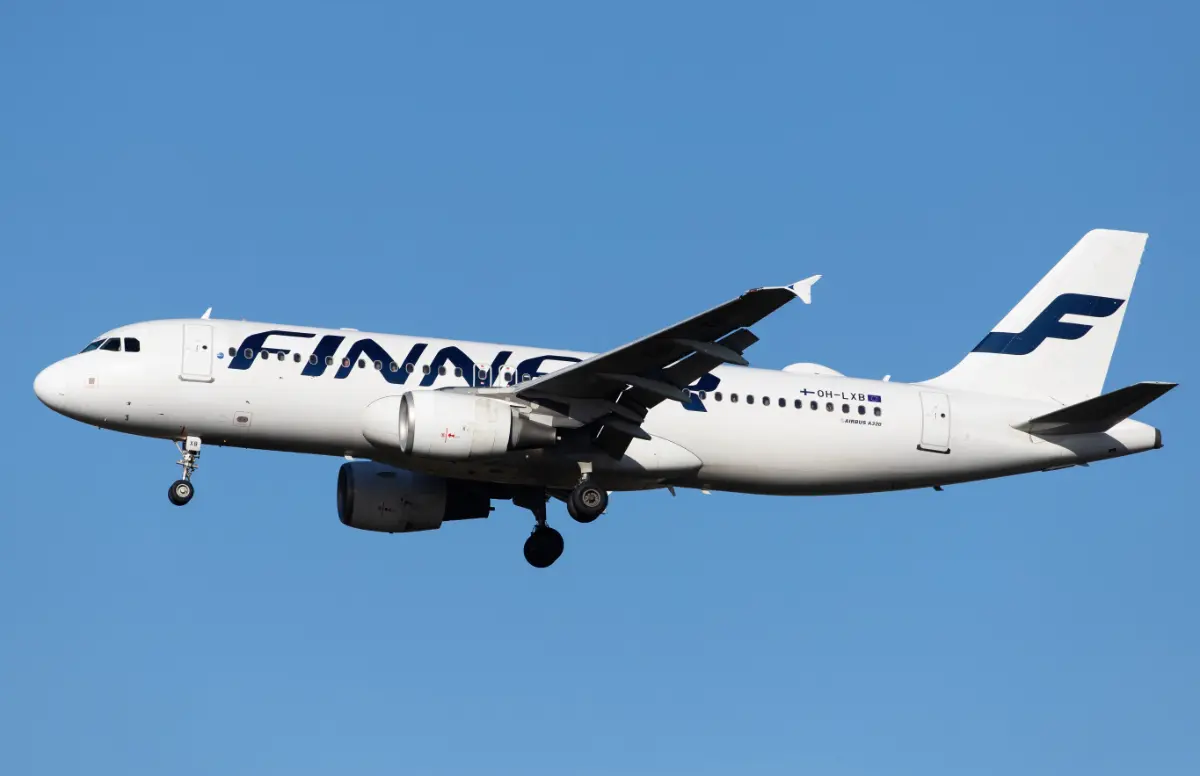
Final Thoughts
There was a time when getting a Wi-Fi signal to reach an airplane would have seemed impossible; nowadays, the main issues are maintaining the stability of the connection and keeping the costs down.
While air-to-ground Wi-Fi is ideal for short-haul flights across the country, a more advanced solution such as satellite Wi-Fi is required for long flights that cover vast expanses of the ocean. This is an industry to watch out for as companies develop more innovative solutions for a rapidly growing market.
Airlines might offer Wi-Fi service to you, but they still require you to enable airplane mode. Read more about the airplane mode on your phone here.
Planenerd Newsletter
Join the newsletter to receive the latest updates in your inbox.


